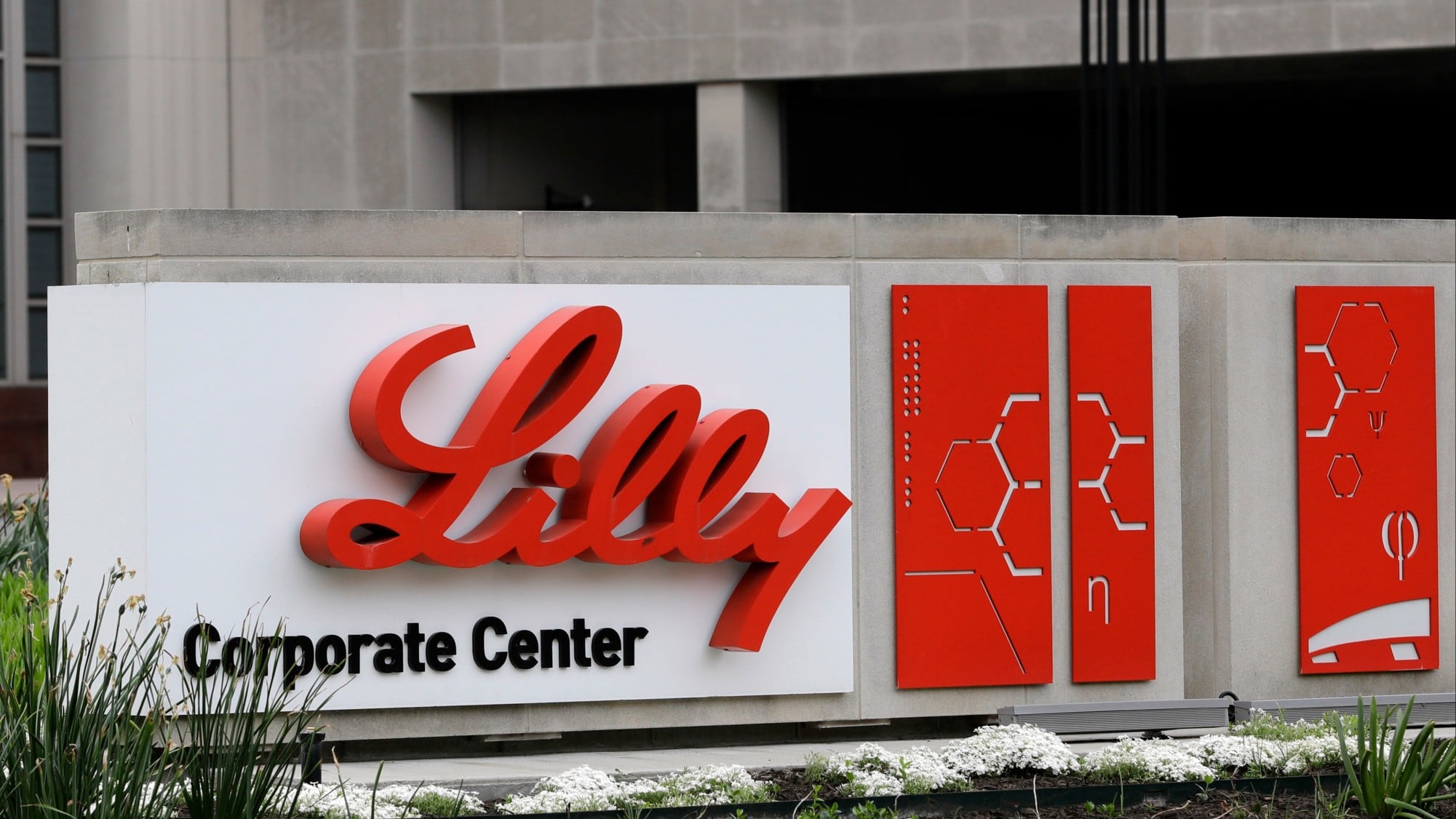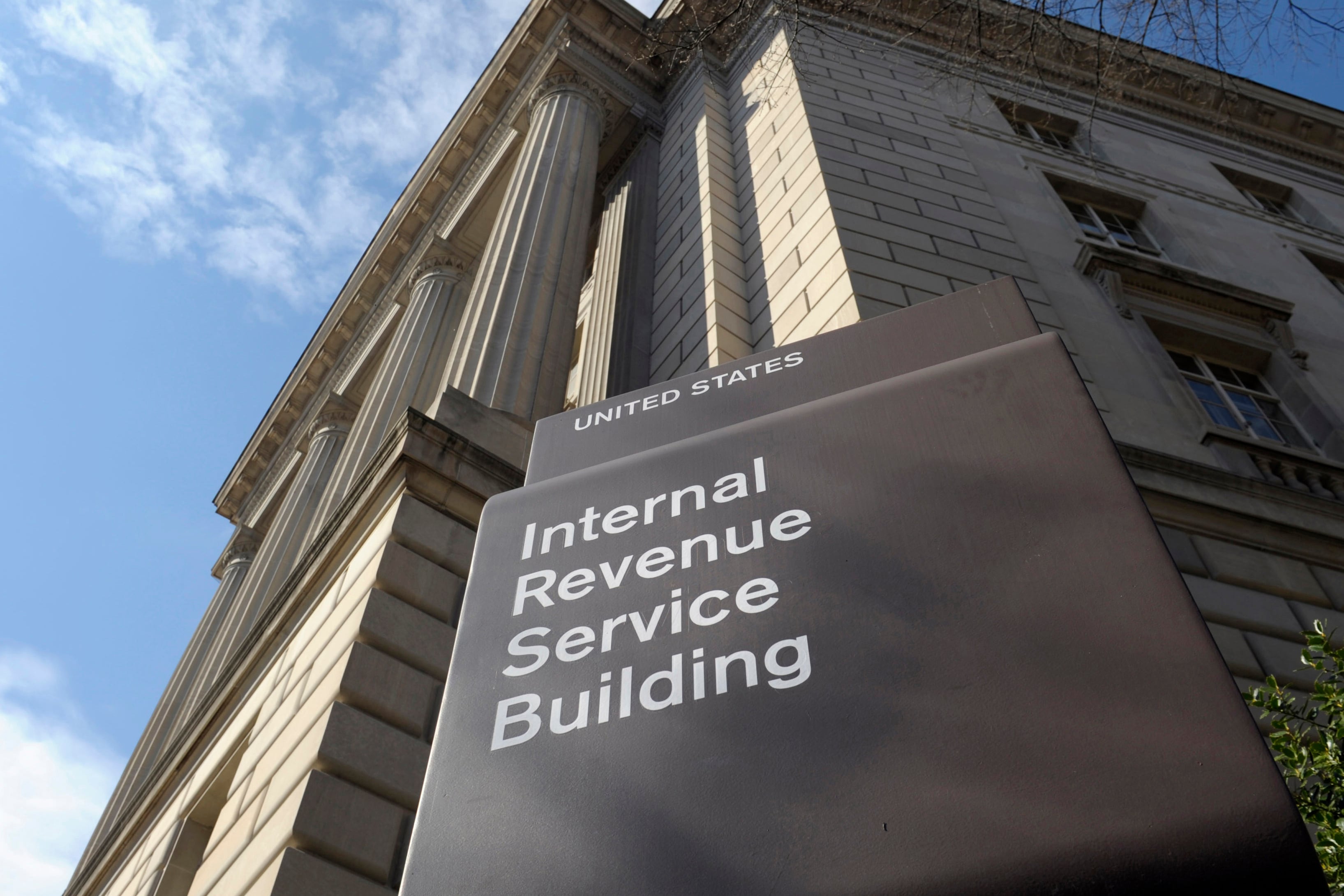By Tom Krisher
The United Auto Workers union overwhelmingly ratified new contracts with Ford and Stellantis, that along with a similar deal with General Motors will raise pay across the industry, force automakers to absorb higher costs and help reshape the auto business as it shifts away from gasoline-fueled vehicles.
Workers at Stellantis, the maker of Jeep, Dodge and Ram vehicles, voted 68.8% in favor of the deal. Their approval brought to a close a contentious labor dispute that included name-calling and a series of punishing strikes that imposed high costs on the companies and led to significant gains in pay and benefits for UAW workers.
The deal at Stellantis passed by a roughly 10,000 vote margin, with ballot counts ending Saturday afternoon.
Workers at Ford voted 69.3% in favor of the pact, which passed with nearly a 15,000-vote margin in balloting that ended early Saturday. Earlier this week, GM workers narrowly approved a similar contract.
The agreements, which run through April 2028, will end contentious talks that began last summer and led to six-week-long strikes at all three automakers. Shawn Fain, the pugnacious new UAW leader, had branded the companies enemies of the UAW who were led by overpaid CEOs, declaring the days of union cooperation with the automakers were over.
After summerlong negotiations failed to produce a deal, Fain kicked off strikes on Sept. 15 at one assembly plant at each company. The union later extended the strike to parts warehouses and other factories to try to intensify pressure on the automakers until tentative agreements were reached late in October.
The new contract agreements were widely seen as a victory for the UAW. The companies agreed to dramatically raise pay for top-scale assembly plant workers, with increases and cost-of-living adjustments that would translate into 33% wage gains. Top assembly plant workers are to receive immediate 11% raises and will earn roughly $42 an hour when the contracts expire in April of 2028.
Under the agreements, the automakers also ended many of the multiple tiers of wages they had used to pay different workers. They also agreed in principle to bring new electric-vehicle battery plants into the national union contract. This provision will give the UAW an opportunity to unionize the EV battery plants plants, which will represent a rising share of industry jobs in the years ahead.
“I think this is a huge win for the UAW that they got all three contracts ratified,” said Art Wheaton, director of labor studies at Cornell University. “It's lifting the boats of all or many autoworkers.”
Three non-union, foreign automakers in the United States — Honda, Toyota and Hyundai — quickly responded to the UAW contract by raising wages for their factory workers. They did so after Fain said the UAW would mount an aggressive effort to unionize their plants. He also said the union would try to recruit workers at Tesla.
Foreign automakers have argued in the past that their workers earn about the same as UAW members, thereby negating the need for a union. They also have accused the UAW of forcing GM and the former Chrysler into bankruptcy in 2009 and of engaging in corruption after federal prosecutors broke up a wide-ranging bribery and embezzlement scandal starting in 2017.
But with Fain's election and the new contracts, the union has “cured or readjusted all of that rhetoric," Wheaton said.
While wages at nonunion factories may be nearly equal, he said, UAW workers receive far better health care and retirement benefits, which is likely to be attractive to workers at nonunion plants as they age.
Contracts with the auto companies should also lead to higher wages at auto-parts supply companies and in other industries, Wheaton said.
“The union’s got way more power” because of the deals, said Mark McGill, a 67-year-old worker at Ford’s assembly plant in Wayne, Michigan, where employees went on strike for the entire six weeks. “Look at everybody now. People want to unionize.”
McGill, a 28-year Ford veteran who helps assemble Ford Bronco SUVs and Ranger pickup trucks, said he is pleased he'll be earning $42 an hour by the contract’s end. He also is happy Fain’s negotiators were able to persuade Ford to pay workers about $100 a day for the time they were on strike.
But under the settlement, new hires and temporary workers will receive much larger raises than longtime assembly plant workers, with some more than doubling their pay. That issue nearly sank the contract at GM. Wheaton noted that raising wages for the lowest-paid workers has been a focus of the union movement in the U.S. for the past year.
All three automakers reported millions in lost revenue from the strikes and said they would absorb at least some of the increased costs of the wage increases in a competitive market that makes raising prices difficult. John Lawler, Ford's chief financial officer, said its deal would raise labor costs by $850 to $900 per vehicle. All three companies said they already had cut other costs in preparation for the UAW settlements.
Michelle Krebs, an analyst at Cox Automotive, said a slowing U.S. auto market and already inflated prices that have made new vehicles unaffordable for many people will make it hard for companies to charge more.
Cox forecasters foresee flat U.S. auto sales next year. Slowing demand but rising factory output is likely to produce more discounts, Krebs said. In addition, auto loans on average are hovering around 10%, a rate that will further slow auto sales by raising monthly payments.
The union's success in securing significant wage gains could provide a political boost to President Joe Biden, who visited workers on a Detroit-area picket line and traveled to Belvidere, Illinois, Cornell's Wheaton said. There, the union won a commitment from Stellantis to reopen a shuttered factory and even add an EV battery plant.
Biden, the first president in memory to visit a union picket line, has portrayed himself as a champion of the working class who himself emerged from a blue-collar background in Scranton, Pennsylvania. The strikes, Wheaton noted, didn't hurt the economy yet resulted in higher wages for middle class workers whose votes Biden needs as he seeks a second term.













